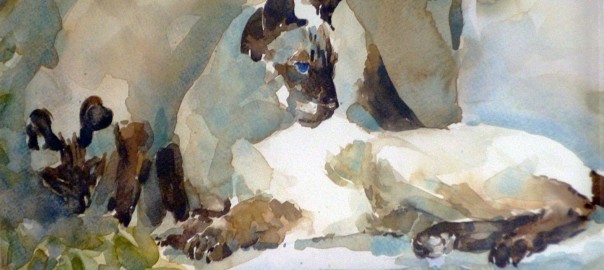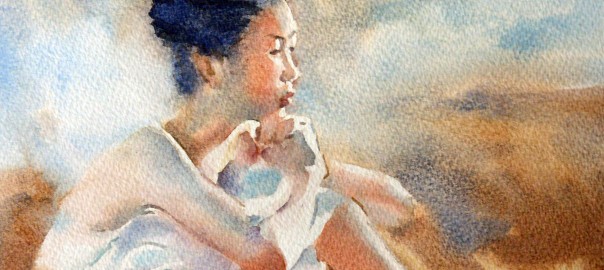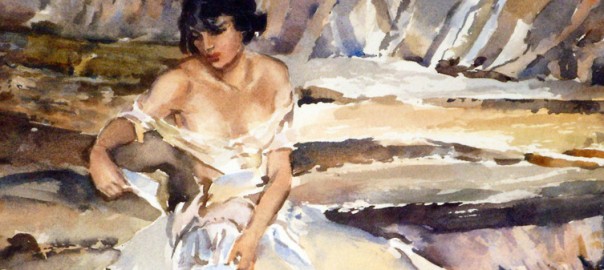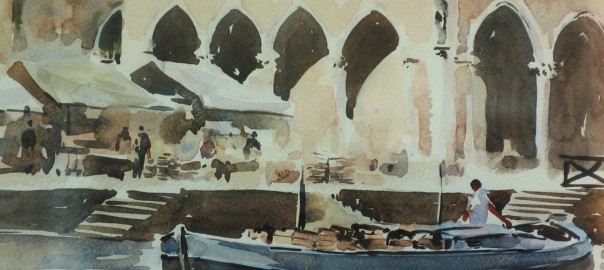the watercolour conscience
For whatever reason, watercolour seems to attract more than its fair share of purist ideas and rules. We are told: ‘always use a fully-loaded brush’; ‘don’t use black’; ‘don’t use white’; ‘don’t use resists’; ‘don’t use opaque colour’; ‘don’t use more than one/two washes’; ‘use only the most transparent pigments’; and so on. While there may be merit in a lot of this advice, when it’s presented as ‘never’ or ‘always’ statements, it can become something of a straitjacket for the beginner if he takes it too literally. It leads to a sort of watercolour conscience where we experience feelings of guilt if we fail to live up to the purist dogma – feelings which even someone of the stature of Rowland Hilder admitted to experiencing. It was only after studying the watercolours of Turner that Hilder felt comfortable with his ‘impure’ technique and realised that using body colour and Indian ink was not a violation of the medium. The idea that there is a right and a wrong way to paint in watercolour tends to be reinforced by the instructional style of some of its teachers: people like Edgar Whitney and Edward Wesson, both of whom were forceful communicators with strong opinions on how watercolour should be handled. Their facility with the medium could be both inspiring and daunting at the same time to the beginner.
To illustrate the problem, I’d like to look at one quality of watercolour – perhaps its defining quality – which has purist associations: transparency. Continue reading Watercolour and transparency





